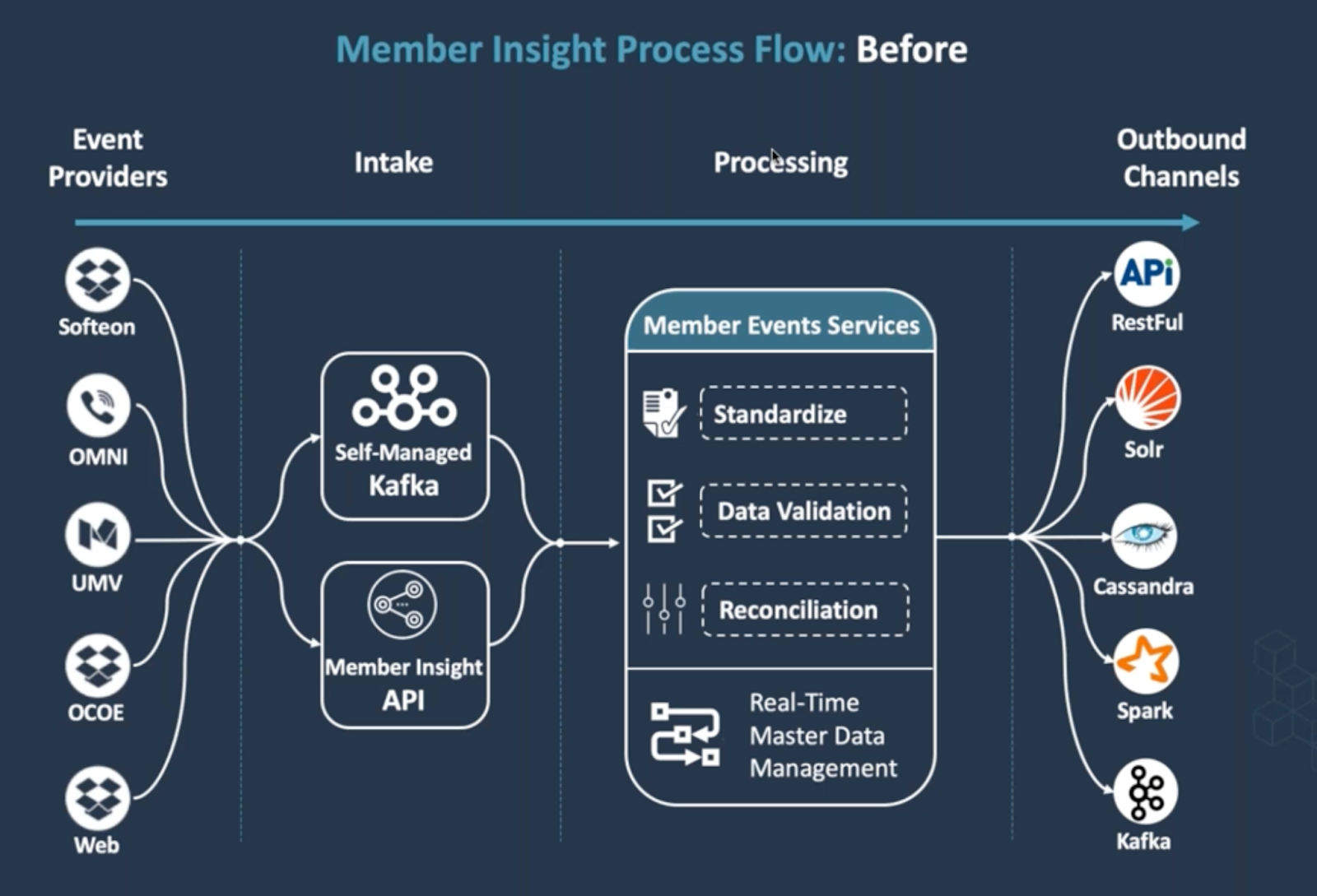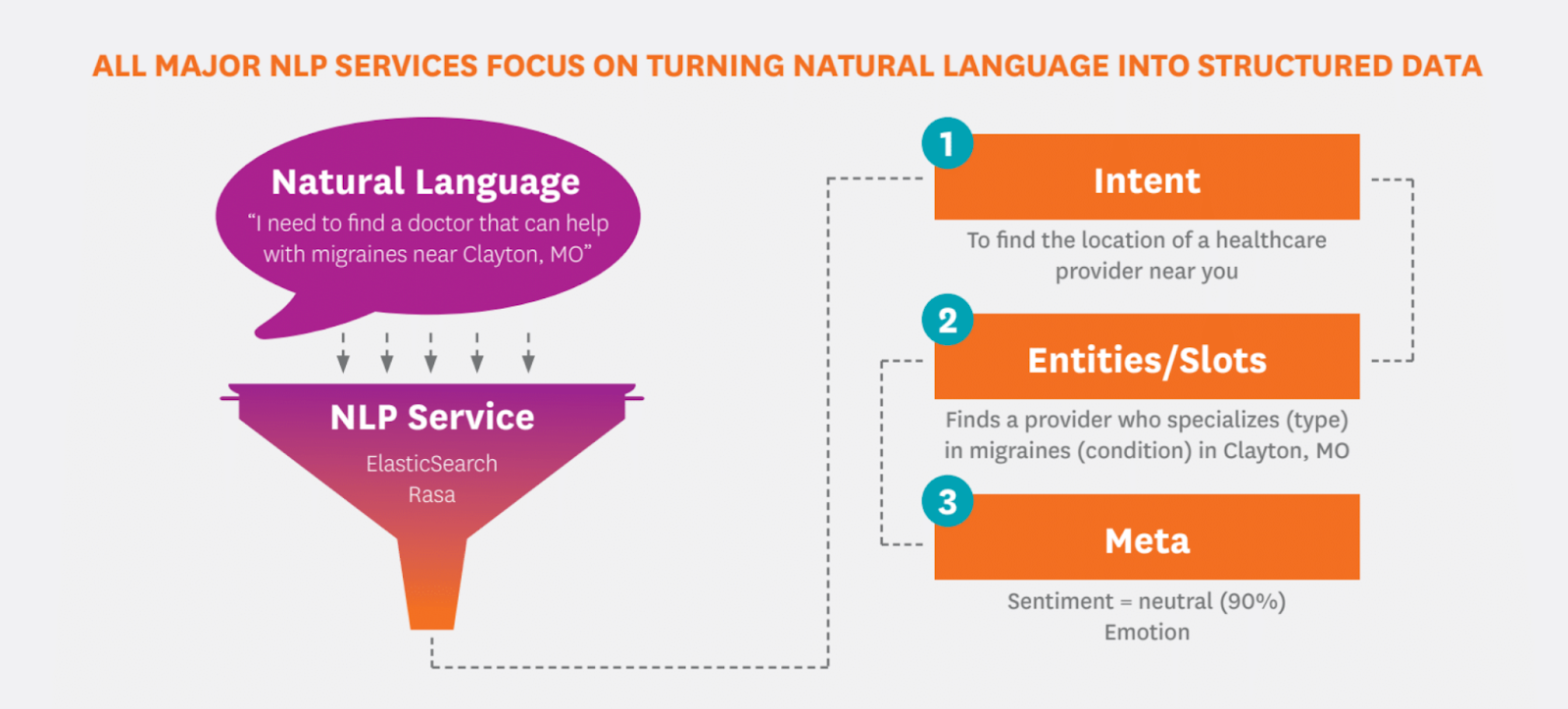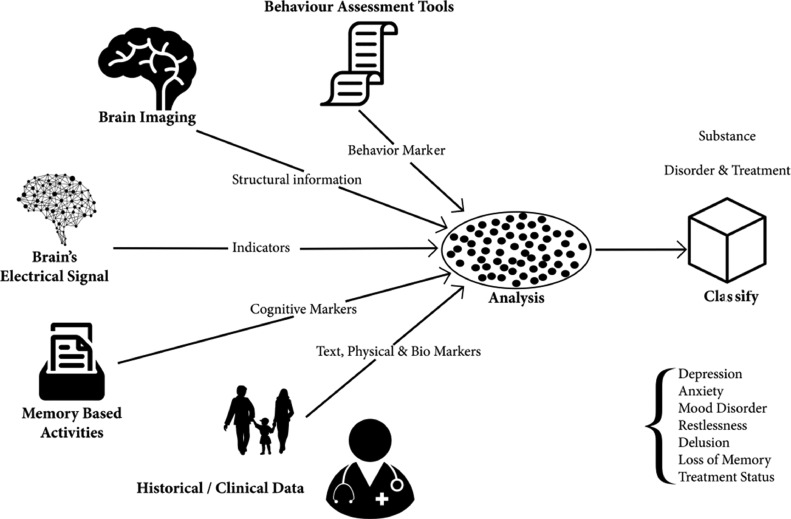Centene Corporation is a leading healthcare enterprise that is committed to helping people live healthier lives through government-sponsored and commercial healthcare programs. The company serves as a managed care organization providing a comprehensive range of healthcare services, primarily through Medicaid, Medicare, and Health Insurance Marketplace contracts.
In 2024, Centene reported an annual revenue of $163.1 billion, reflecting a 5.89% increase from the previous year’s $154.0 billion. Centene also employed 60,400 people globally as of the end of 2024. The company serves over 28 million members across all 50 states, making it the largest Medicaid managed care organization in the nation.
Although specific investment amounts in AI are not publicly disclosed, there is substantial evidence that Centene is actively integrating artificial intelligence into its operations to enhance efficiency and improve the health of its members.
This analysis focuses on two AI use cases that serve Centene’s business goals:
- Improving customer correspondence: Using machine learning and natural language processing (NLP) to partially automate consumer correspondence, improving timely responses and customer satisfaction
- Advancing at-risk patient outreach: Leveraging predictive analytics to identify and prevent members at risk of developing conditions based on demographic and genetic profiles.
Improving Customer Correspondence
Beset with an expanding customer base and a disjointed legacy system, Centene’s customer service agents were often inefficient. Subsequently, customer experiences turned into costly errors, according to case study documentation from Centene’s partner TKDialogs.
TKDialogs claims these problems stemmed from:
- Navigation through various documents
- Lack of guided experience
- Inaccurate communication to customers, causing longer resolution times
The Capgemini Research Institute’s World Life Insurance Report 2025 confirms that across the industry, 25% of customers are frustrated by long wait times. Legacy technology remains as a significant barrier to improving customer service for 52% of insurers, according to the same report and Capgemini’s 2024 Global Insurance Executives survey.
Centene turned to conversational AI chatbots to rebuild customer experience infrastructure, focusing on responsiveness and reliability in consumer interactions.
However, the first step began in modernizing the monolithic infrastructure underpinning customer data and interactions.
According to a presentation with executive leadership, Centene partnered with Confluent to develop a universal framework enabling:
- Integration of disparate workflows
- Instantaneous data availability
- Shift from batch processing to real-time stream processing
- Standardized processing pipeline
- Real-time data streaming across healthcare platforms

Screenshot from Confluent’s Executive Presentation on Centene’s updated healthcare platform infrastructure. (Source: Confluent)

With the data flow expedited and platforms harmonized, Centene built a conversational AI model called Colloquium using natural language processing (NLP) capabilities to process consumer correspondences, according to a white paper co-authored by the Senior Vice President of Centene’s technology innovation division.
The white paper claims that complex consumer questions were unlikely to be best solved by a predictive model alone, since the cost of being wrong is high — inaccurate responses can incur thousands of dollars of user medical costs.
Instead, a hybrid approach, both rule-based and probabilistic, was employed. In this manner, conversational bots allowed human agents to audit and take charge of more complex consumer inquiries when bots decided that being 100% was a requirement. As such, deciding where to apply predictive models sagaciously required a cautious analysis of the risks of being wrong.
According to the white paper, Colloquium’s model draws from some of the following resources to understand and act on standard language inputs:
- Conversations from Centene’s Nurse Advice Line
- Colloquial equivalents of clinical taxonomies
- Web applications

Alyssa Skinner, a former product designer at Centene, claims that one of Centene’s virtual customer assistants (Amber) was capable of:
- Find out information about coverage
- Assist members in making a premium payment
- Pair members with a medical provider
- Help customers understand costs and what they’ve accrued against their deductible
More broadly, in an interview with 3pillar, Vice President of Digital Product Engineering at Centene, Greg Fitzerald, maintains that this AI capability brought:
- Shorter customer wait times and resolutions
- 20% increase in likelihood to be satisfied with their choice
- 40% increase in primary care physician selection rates
- 18% improvement in binder payment rates
Advancing At-Risk Patient Outreach
Historically, Centene has experienced unsustainable costs tied to reactive care for high-risk members — substance use disorders, behavioral health crises, and adverse birth outcomes — driving unnecessary emergency department visits, inpatient stays, and avoidable medical spending.
According to Centene’s Impact Brief, 5% of Centene’s member population are at risk of developing a substance use disorder (SUD) and 1.4% are currently experiencing an SUD, accounting for $2.1 billion in costs.
The briefing claims that these members require greater inpatient utilization and average lengths of stay, costing systems of care nearly twice as much as those without an SUD. Such resource sinks extend to other preventable conditions like demographically prone diseases.
By deploying two predictive-analytics programs—HALO for substance use disorder and NEST for social determinants of health—Centene leverages machine learning and predictive analytics to identify at-risk members early and tailor interventions.
The machinery behind all programs involve the Centene Authorization Digital Assistant (CADA) which employs advanced machine learning to sift through millions of records in little time, according to Centene’s 2021 annual review. The report also quantifies that in three pilot markets, CADA reduced clinical work by 67%, boosting efficiency.
Centene acquired data analytics platform, Apixio, in 2020 to extract and process clinical data for millions of members. The capability served as the backbone of the predictive analytics program, providing the data the algorithms needed to identify at-risk patients and tailor individualized intervention.


To develop predictive insights, the platform extracted patient data from:
- Physician notes
- Medical Charts
- Familial history
- Genetic profiles
Meanwhile, Centene’s Neighborhood, Environment, and Social Traits program (NEST) used more than 200 geo-demographic characteristics to actively address risks to community medical access, per Centene’s 2021 annual review. According to Centene’s 2024 Corporate Responsibility Report, care managers meet members with the highest risk scores to assess their needs and get ahead of barriers to care.
Armed with troves of data, Centene’s (HALO) program was further able to provide 98% accuracy in identifying dangerous disorders, according to the 2021 annual review. Centene’s impact brief claims that HALO also pinpoints which interventions and programs would be most impactful for an individual member, subsequently connecting individuals to the appropriate interventions.
A human component is introduced when care managers make SUD screening a routine part of outreach to inhibit stigma. Machine learning also recommends when lock-in problems should be employed, restricting individuals to one pharmacy.
The Impact Brief ultimately claims that HALO led to a:
- 25% in total medical spending
- 27% reduction in in-patient admissions
- 28% reduction in emergency department visits
Broadly, these results demonstrate how Centene’s predictive AI implementation has converted its reactive healthcare system into proactive interventions that improve member health outcomes, customer satisfaction, and cost savings across the organization’s extensive network.
Source link
#Artificial #Intelligence #Centene #Emerj #Artificial #Intelligence #Research










